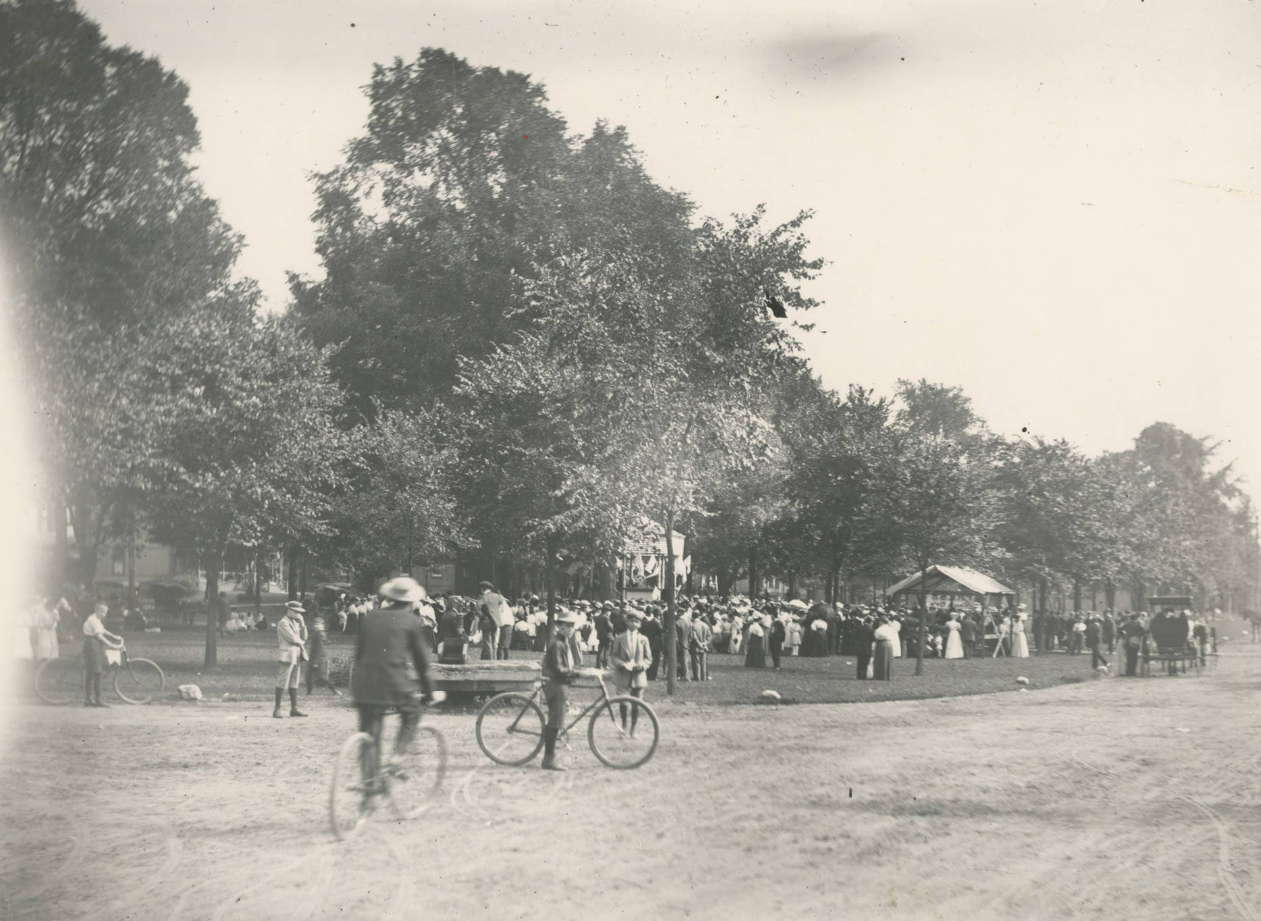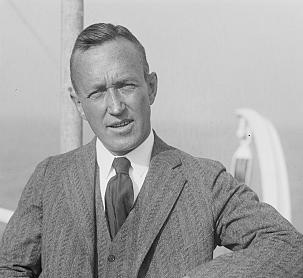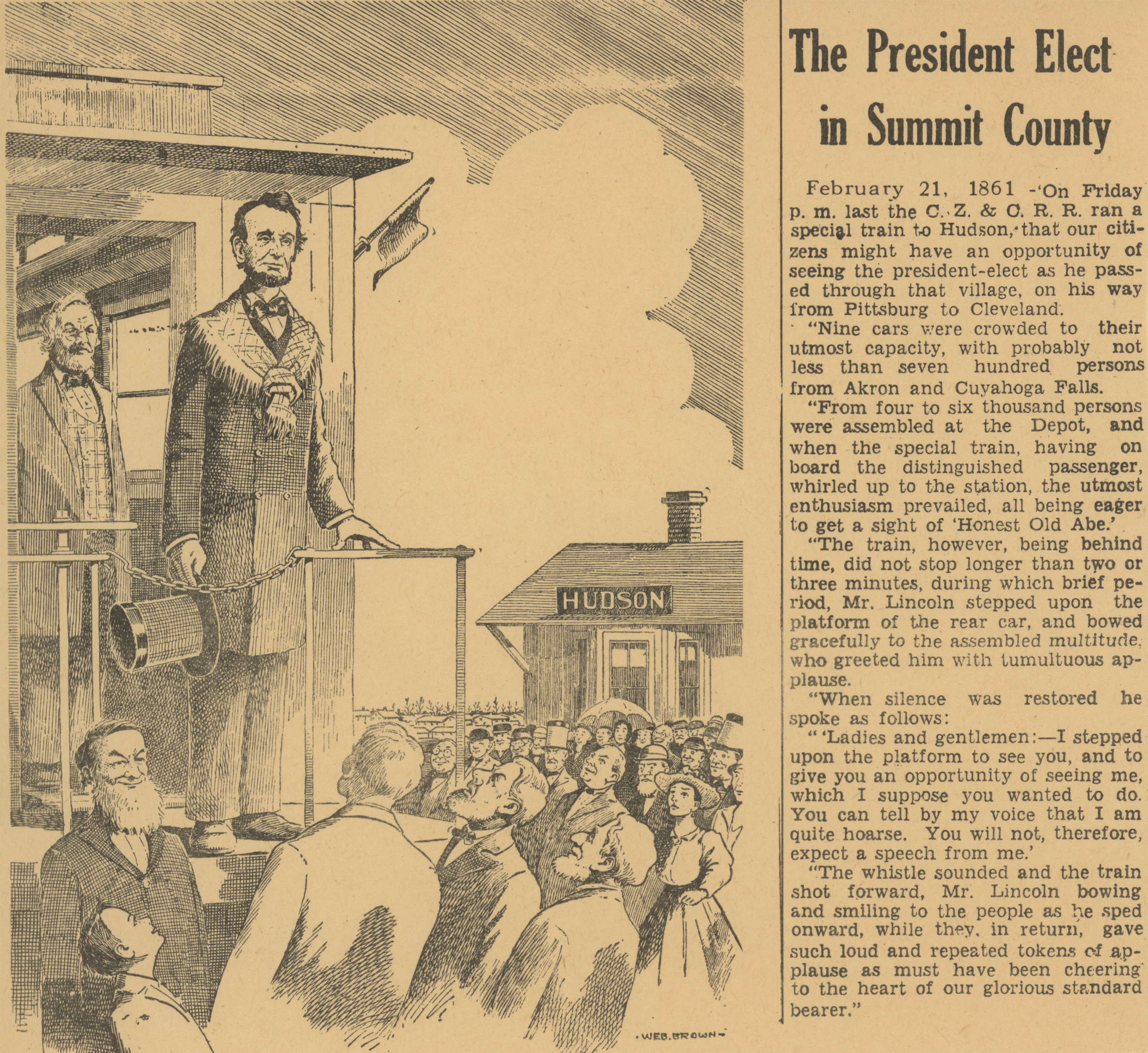LOOMIS OBSERVATORY: STATE OF THE ART IN 1838
By James F. Caccamo
Ex Libris, Volume III, no. 5 (May-June, 1981)
Standing at the corner of Aurora Street and College Street, on the grounds of Western Reserve Academy is a small observatory. In fact, this is the oldest observatory outside of the original 13 states, and is the third oldest on the North American continent (although there has been some argument over whether the University of North Carolina or Western Reserve has the second oldest, it is now generally accepted that North Carolina’s observatory antedates Hudson’s slightly. The oldest observatory in North America incidentally, was built at Williams College, Mass. in 1836.
The whole observatory story really hinges around Professor Elias Loomis who in the spring of 1836 was elected to the professorship of mathematics and astronomy at Western Reserve College. Loomis, one of the leading astronomers of his time, came to Hudson, assessed the situation, and promptly left for Europe to purchase books, instruments, and equipment, so that a modern observatory could be erected on campus. He returned in the fall of 1837 with an equitorial telescope, a clock, and a transit circle. The telescope and the transit Circle were fabricated by Simms of London. The equitorial telescope has a focal length of 5 ½ feet, and an aperture of 4 inches. The focal circle has a telescope of 30 inches focal length, and an aperture of 3 inches. The clock has a mercury pendulum, and was made by Molineux. In this day of Mt. Palomar, Skylab, and space shuttles, this might not seem very exciting, but in 1837, this was the best optical equipment available.
The observatory building was erected in the summer of 1838. It is 37 feet long and 16 feet wide, and the revolving dome is 9 feet in internal diameter. It is hardly an imposing building, and it is hard for the present-day visitor to think of this building as being more than a toy. Yet Professor Loomis’ observatory was a genuine scientific facility.
By September, 1838, all of the instruments were in place, just in time for Loomis to observe Halley’s Comet when it passed through. Loomis was thus the first astronomer in the Western Hemisphere to sight the comet. He also did some early experiments here with magnetism and meteorology. He was investigating tornadoes as early as 1840. The observatory also proved valuable for establishing longitude for this area, and for regulating time.
When Western Reserve College made its big decision to move to Cleveland, Dr. Loomis’ astronomical instruments went along, making the third oldest observatory in America no longer functional. Its usefulness as an observatory probably had numbered days anyway, since the booming industries of nearby Akron and Cleveland were beginning to pollute the air, affecting clarity. The encroachment of city lights and traffic also would have eventually caused problems. In addition, the equipment had become outdated by the time of the move in the 1880’s.
When Western Reserve Academy was refounded, the original instruments were brought back from Cleveland, and reinstalled in the Loomis Observatory where they belonged. They remain there today, a tribute to the scientific genius of Elias Loomis, and to the spirit of intellectual curiousity fostered in Western Reserve College in the 19th Century that led to it being called the “Yale of the West”.



